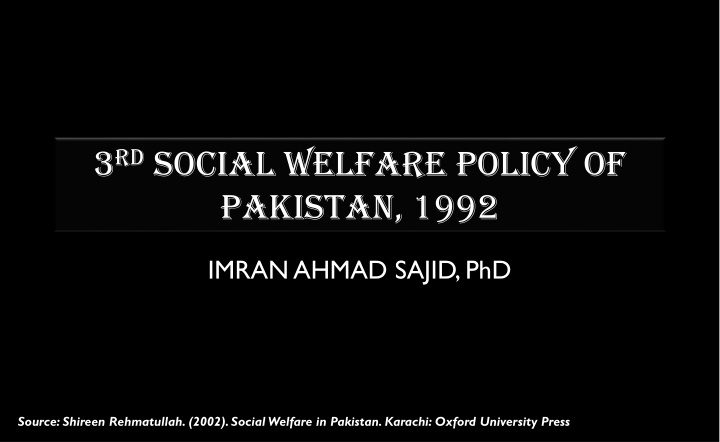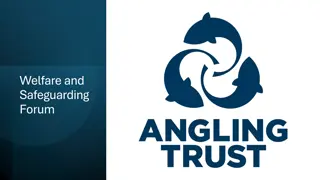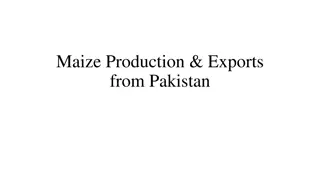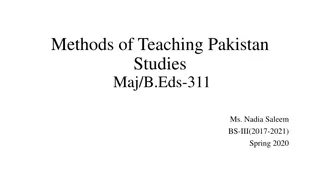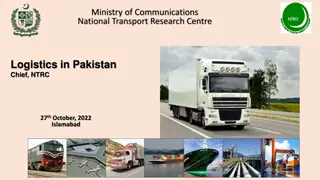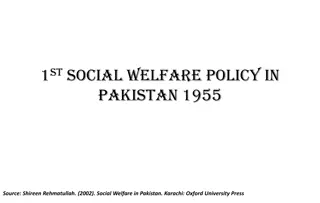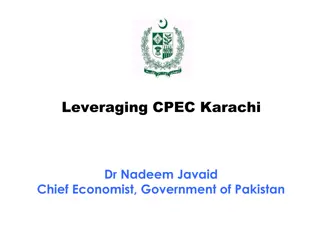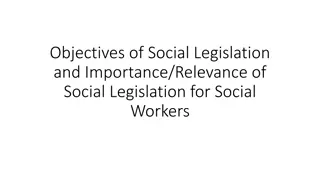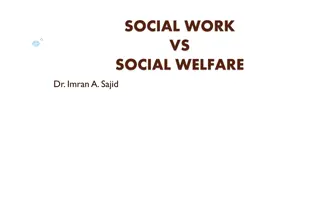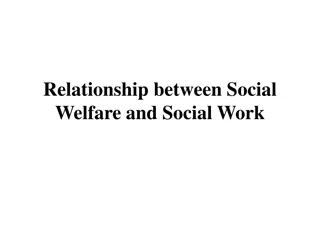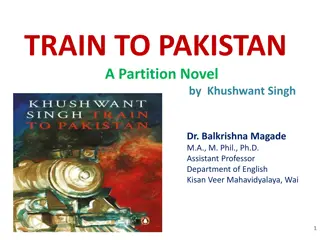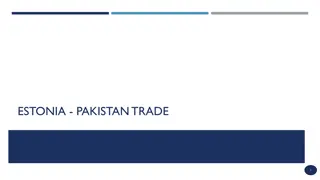Social Welfare Policy of Pakistan 1992
This policy, devised in 1992, aimed to develop social welfare programs with public participation, address poverty, expand NGO outreach to rural areas, transfer welfare responsibility to local government, and review NGO assistance.
Download Presentation

Please find below an Image/Link to download the presentation.
The content on the website is provided AS IS for your information and personal use only. It may not be sold, licensed, or shared on other websites without obtaining consent from the author.If you encounter any issues during the download, it is possible that the publisher has removed the file from their server.
You are allowed to download the files provided on this website for personal or commercial use, subject to the condition that they are used lawfully. All files are the property of their respective owners.
The content on the website is provided AS IS for your information and personal use only. It may not be sold, licensed, or shared on other websites without obtaining consent from the author.
E N D
Presentation Transcript
3rdSocial Welfare Policy of Pakistan, 1992 IMRAN AHMAD SAJID, PhD Source: Shireen Rehmatullah. (2002). Social Welfare in Pakistan. Karachi: Oxford University Press
October 1992 This social policy was devised by Islami Jamhori Ittihad. Nawaz Sharif--1992, Islamization: the buzz word of the time. So they devised a social policy based on Islamic social welfare ideologies. On October 12, 13, & 22 (1992), Meeting in Planning Commission of Pakistan, to devise a social policy based on Islamic System of Welfare, 2
Objectives of the Policy There were nine (9) objectives of the policy 3
1. To develop and promote social welfare programmes with the help of active public participation and utilization & exploration of community resources to meet social welfare needs at local level If a programme lacks public participation, it fails. Previous Zakat system misused by zakat chairmen Open election of zakat chairman was introduced in 1992 policy 2ndly, if a trainer is available within the community, hire him for training others 4
2. To tackle social problems like poverty, collaboration between public & private sector be enhanced to meet the needs of economically, socially and physically handicapped. Expansion of civil society (NGOs sector), it was felt necessary to collaborate this sector with public sector so that the needs of maximum number of socially, physically and economically handicapped be enhanced. 5
3. To extend social welfare programmes to far-flung rural areas Mostly BIG NGOs head offices in Big Cities with no out-reach to far flung rural areas. Only air-conditioned policies. It was required that NGOs should extend their programmes to far flung areas for their welfare. 6
4. To transfer the responsibility of social welfare to local government In foreign countries, all the welfare activities are carried out through Local Governments. It was suggested to provide social assistance to people through Union Councils at local level. 7
5. To review, monitor, and evaluate the financial & other assistance to NGOs at Federal & Provincial level. Control the NGOs attempts of 80s, 92, 96, 2005, 2007 all failed. 8
6. To establish a coordinating body to streamline the funding to NGOs by Government & International Agencies. 9
7. To develop remedial programmes for care, welfare and rehabilitation of disable 10
8. To make provisions for staff welfare /government employees Office of welfare officer in AG Office Welfare of low paid workers (Grade 1 3) Jahez fund, Death Grant, 11
9. To decentralize social welfare administration to the district level financial assistance and training, will be provided by Federal and Provincial government Monitoring, evaluation, and supervision, all will be done at District Level 12
Major Recommendations 1. Establishment of Pakistan Bait-ul-Mal 2. Ministry of Social Welfare and Humanitarian Affairs Umbrella for Women s Welfare, youth Welfare, Population Welfare, and Zakat Administration 3. Updating Social Legislation to control foreign aid to voluntary organizations 4. Decentralization of Social Welfare Programmes to district and local government 13
Bait-ul-Mal and its Role Any welfare system has two aspects, 1. Financial and 2. Administration Financial facilities were provided through Pakistan Bait-ul- Mal. Before 1992, there was no PBM. There was only National Zakat Foundation 14
Two aspects of PBM 1. Direct Poverty Alleviation Programmes, i.e. giving assistance to aged, children, orphan and disable etc. 2. Rehabilitation of those who can earn their livelihood yellow cab scheme etc. 15
Critical Evaluation 1. A comprehensive and multi-dimensional policy. 2. Utilized Islamic ideology and provided mechanism through Islamic welfare system. 3. Concept of Self-Help and Rehabilitation 4. NGOs be controlled 5. PBM was empowered 6. Gozara allowance, Tawana Pakistan, Yellow Cab scheme 7. Ministry of Social welfare and Humanitarian Affairs was never established 16
Fate of the Policy For the sustainability of a policy, political and economic stability are must. Nawaz government collapsed in 1994 and another policy was promulgated in 1994. 17
